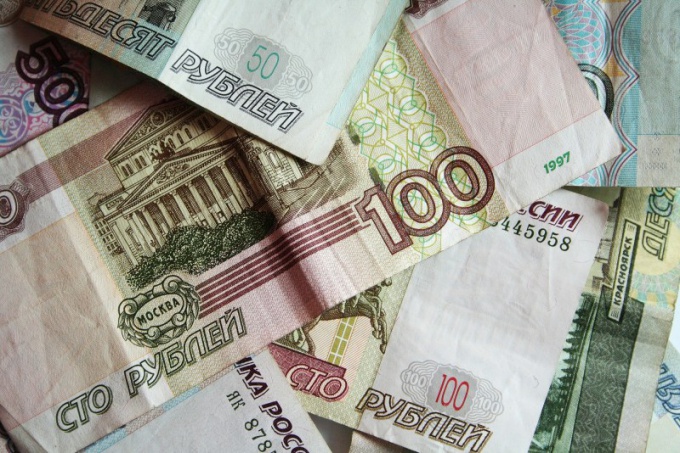You will need
- - UV lamp.
Instruction
1
Note the size of the banknote. Of course, experienced crooks can hardly go wrong with the measurements, but the beginning - it's possible. Keep in mind that banknotes with a value of up to 1000 p is 150 mm in length and 65 mm in height. Big notes of 1000 and 5000 p. have the following parameters: 157 mm by 69 mm. of Course, this does not mean that you have to constantly carry the line, however, to compare the bill raised suspicion with those that are already in your wallet.
2
Swipe the bill with your hand. Genuine notes have a rough surface. Pay special attention to the area where there is an inscription "the Ticket of Bank of Russia". It should be slightly domed to stand out from the crowd.
3
Look at bill, raising it to the light. If the note is real, you'll notice her watermark. Bill, turn that side of himself, on which was written her number. So, the left side should show through its nominal value, and on the right – fragment of the figure.
4
Pay attention to the signs for the visually impaired, located in the lower left corner of the front side of the bill. They must be present on the banknote of any value. If not, it can be concluded that in front of you is a fake.
5
Look at one more distinctive sign of genuine banknotes is windowed metallic thread. When looking at things up close it is a dotted line, consisting of shiny rectangles, but if you take her to 30-40 cm from the eyes against the light, the line becomes coherent and clear.
6
Check the bill for the presence of effect of colour changing paint. This recommendation is fair for banknotes 500 roubles and above. The color of the picture element (emblem of the Bank of Russia, coat of arms of city, etc.) should change depending on what angle your gaze falls on him.
7
Use the UV lamp. A genuine banknote should not glow blue as it does, for example, ordinary office paper. All signs must conform to the standards. If after checking suspicions remain, contact the Bank with the request to check the bill for authenticity.
